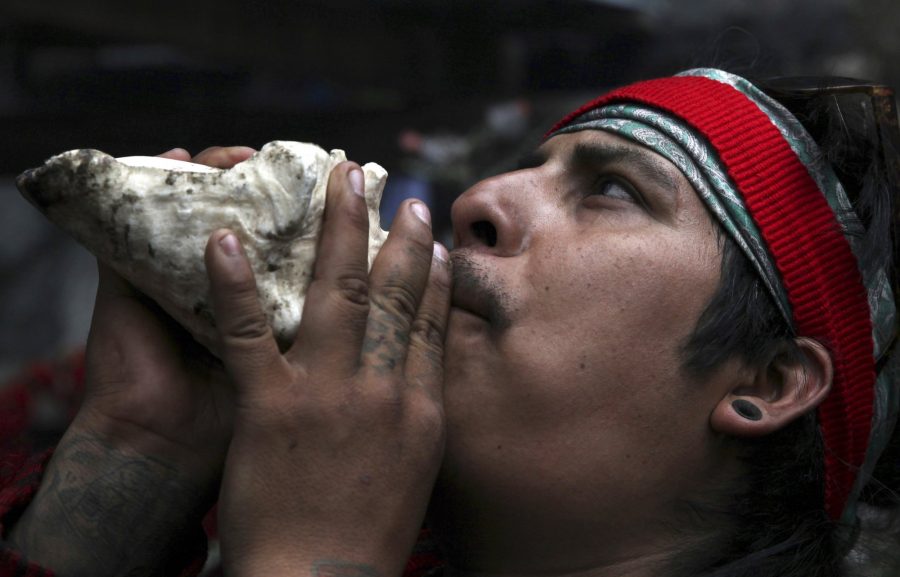The inhabitants of Santiago Xalitzintla rise well before dawn to prepare their offerings to The Sleeping Woman, as they affectionately call the dormant Iztaccíhuatl volcano that hovers above their town in central Mexico.
There are potatoes to fry for the feast, and heaping bunches of red carnations to lug up to the stone altar 3,800 meters (12,470 feet) above sea level. Hundreds of villagers —including infants, preschool-aged children and the elderly— make the biannual three-hour trek through steep pine forest and past babbling brooks to ask for the volcano’s aid and protection. They beseech . . .






